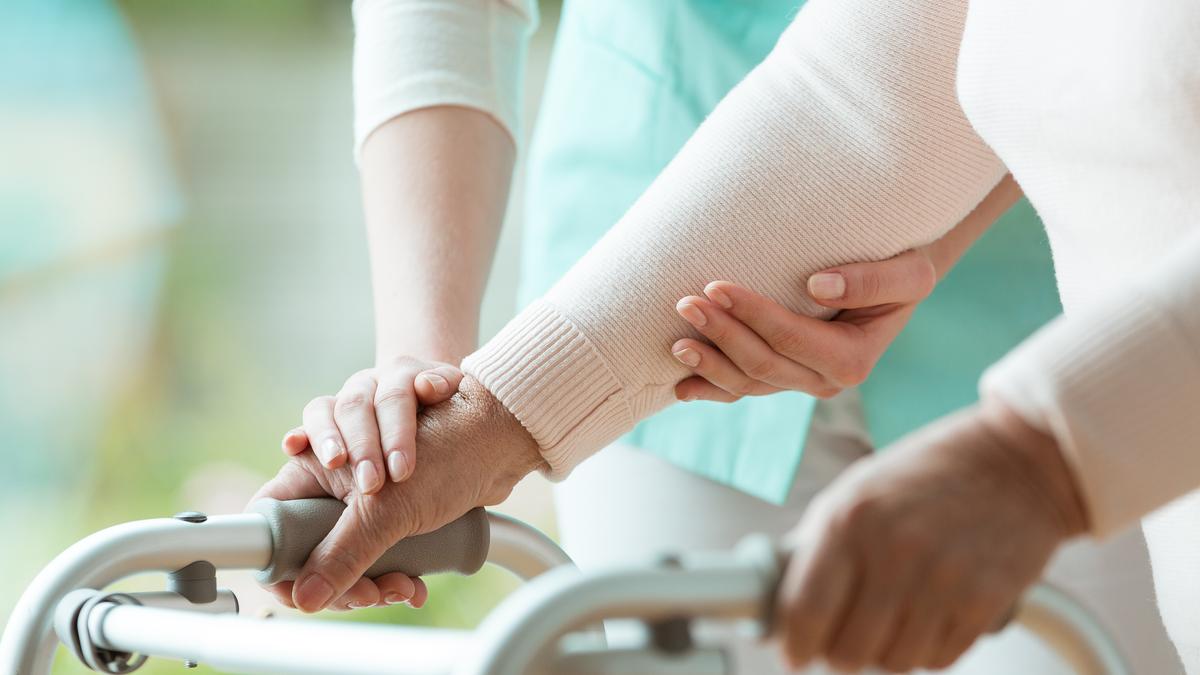
When Parkinson’s strikes early Premium
The Hindu
Parkinson's disease rising among younger Indians challenges clinical norms, demanding systemic healthcare recalibration for proactive management.
Parkinson’s disease, often viewed as an ailment of the elderly, is manifesting with alarming frequency among younger individuals in India. This shift not only challenges existing clinical perceptions of the disease but also poses significant socio-economic and public healthcare implications for the nation.
The tremors, stiffness, and slow movement commonly associated with the disease in old age are increasingly observed even in adults in their twenties, thirties and forties — at the prime of their lives. This unsettling trend demands more than just clinical attention; it calls for a systemic recalibration of how we understand, detect, and treat the second-most recurring neurodegenerative disorder in the world. The question is how can India redefine its healthcare strategies to include proper palliative care for Parkinson’s without compromising on its younger demographic, which is leading the country’s charge?
India is facing what can only be described as a dual burden — the expected increase of Parkinson’s disease in older adults and a growing tide of early-onset Parkinson’s disease. Compared with the global average age of diagnosis at around 60, India’s average is 51 — nearly a decade earlier. What is even more startling is that recent cohort studies in the Parkinsonism & Related Disorder Journal show that nearly 45% of patients develop symptoms between the ages of 22 and 49, a statistic that should trigger national concern. It means that India will have the highest absolute number of people with early-onset Parkinson’s disease, given its status as the most populous country.
The younger patients experience the disease differently. They are more likely to suffer from dystonia (abnormal muscle contractions), early onset of levodopa-induced dyskinesias (involuntary movements), and psychiatric complications such as depression and anxiety. Because they are younger, they face longer disease durations, years of medication adjustments, employment disruptions, and emotional strain. In short, they are neurologically compromised while still economically and socially active, making the ripple effect of the early onset far wider than it appears.
Despite these shifts, community-level data in India remain sparse, particularly from rural areas where access to care is limited. A 2021 Lancet Global Health review noted the need for comprehensive neuroepidemiology surveys in India, particularly those that factor in region-specific exposures and lifestyles.
Patients often go through years of misdiagnosis or dismissal, partly because physicians themselves are conditioned to rule out Parkinson’s in younger individuals. In women, symptoms are even more likely to be misattributed to stress or hormonal changes. This results in delayed intervention, missed therapeutic windows, and irreversible neurological damage. To address this, India needs structured rehabilitation models and public health messaging around Parkinson’s, especially for young patients.
India’s expanding network of Ayushman Arogya Mandirs (erstwhile HWCs aka SHC) under the Ayushman Bharat programme offers an important opportunity to bring neurological screening closer to communities. Training primary care providers to recognise early signs of Parkinson’s, especially in younger individuals, can help improve early diagnosis and referral. Simple clinical checklists, community health worker sensitisation, and public awareness drives can reduce the delay in care-seeking and improve outcomes.





















 Run 3 Space | Play Space Running Game
Run 3 Space | Play Space Running Game Traffic Jam 3D | Online Racing Game
Traffic Jam 3D | Online Racing Game Duck Hunt | Play Old Classic Game
Duck Hunt | Play Old Classic Game











